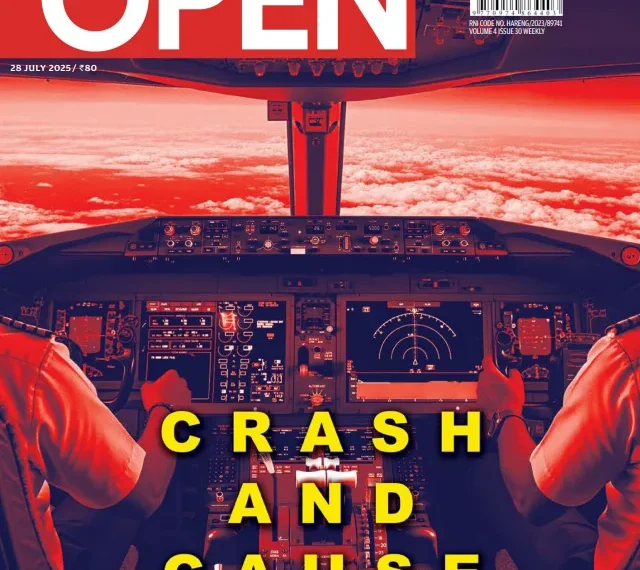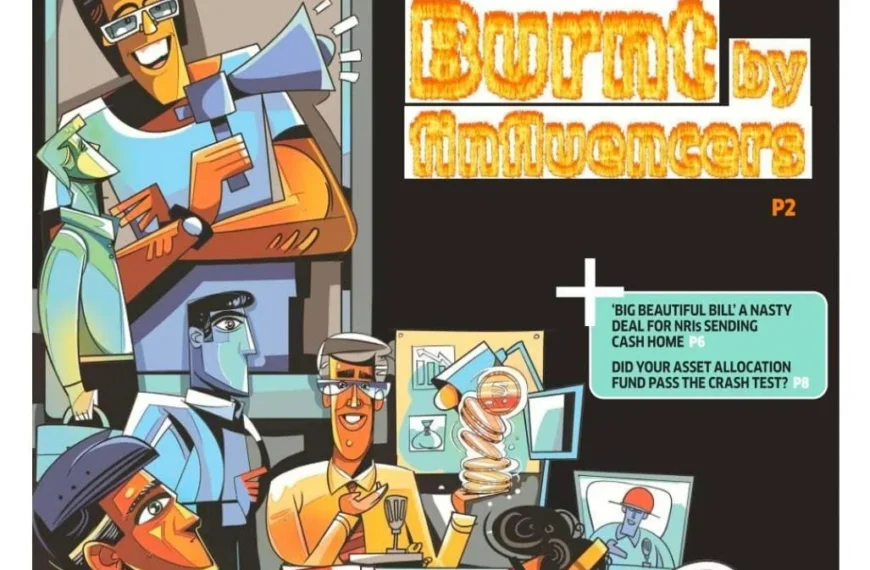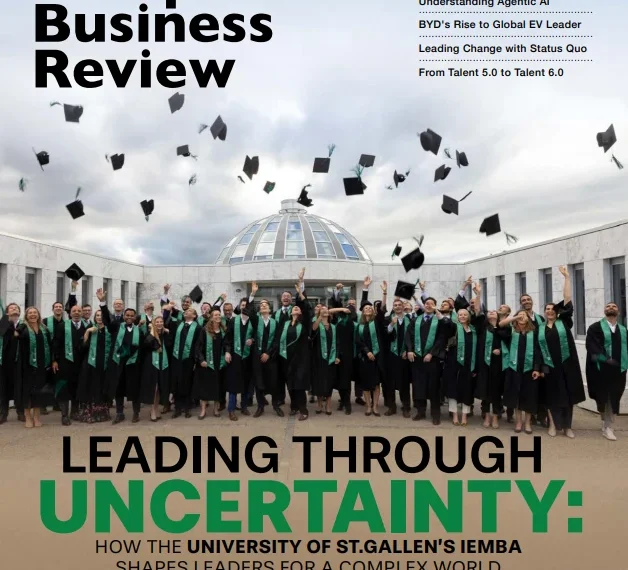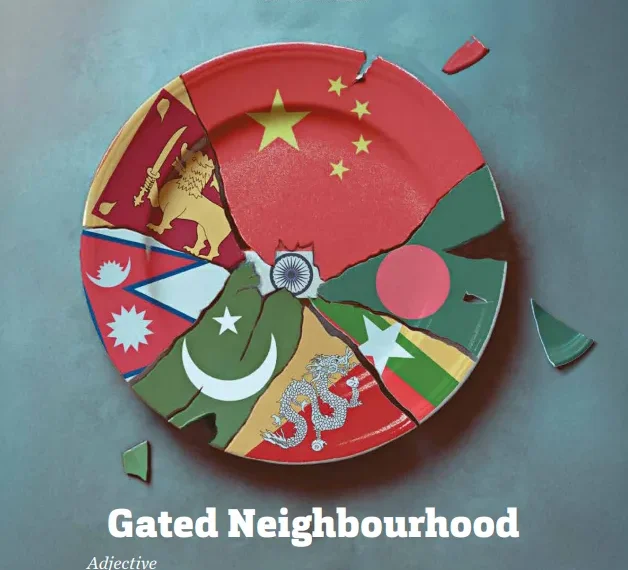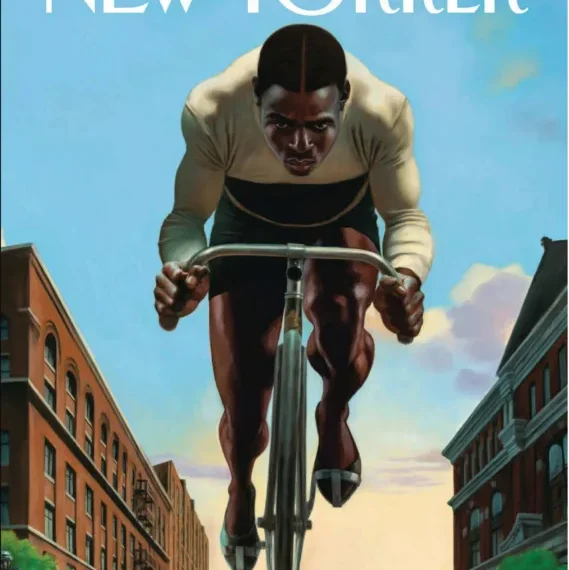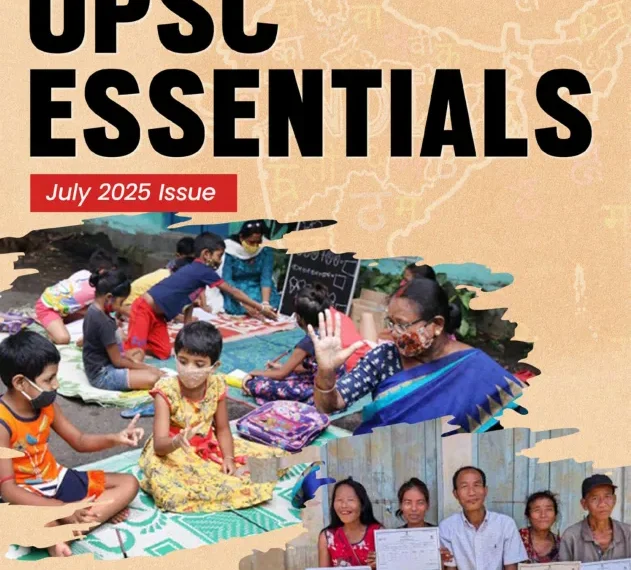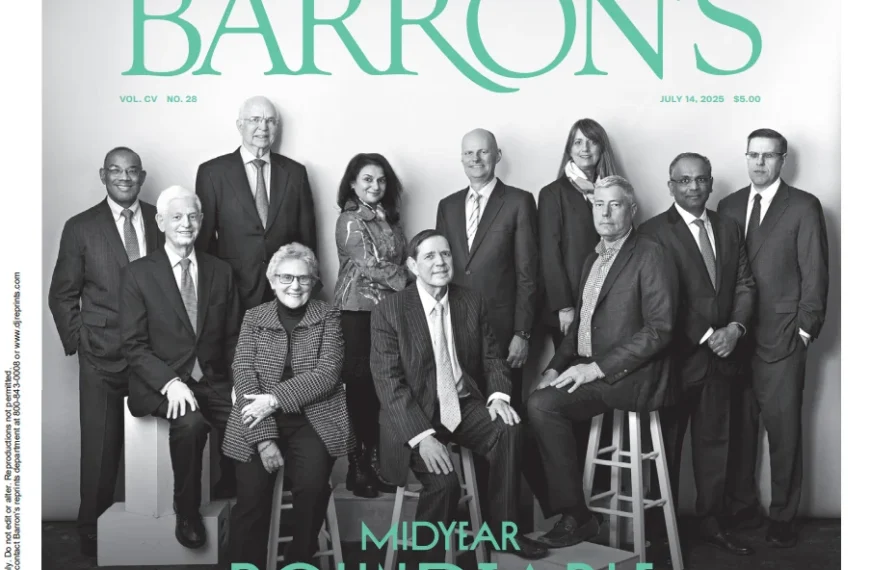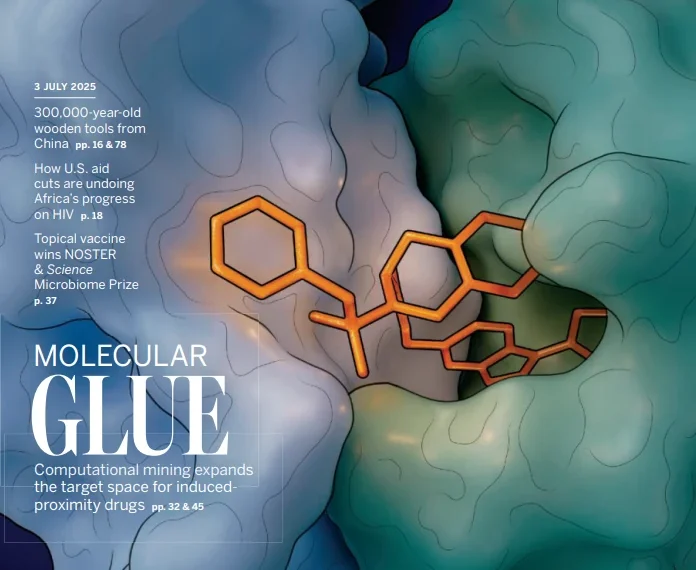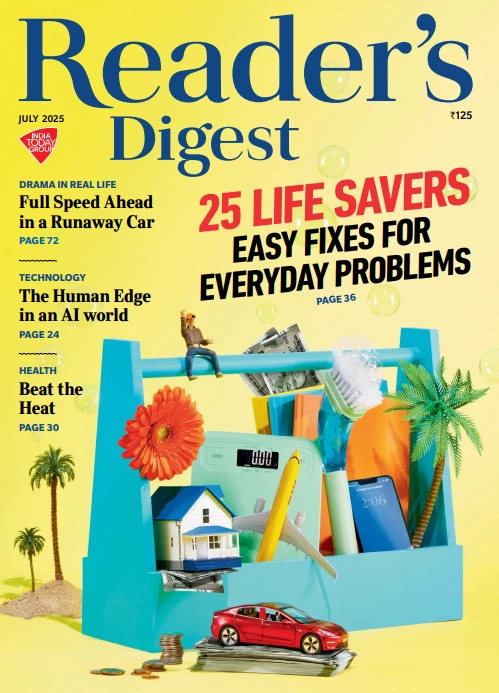
📰 About Reader’s Digest Magazine
Reader’s Digest India, launched in 1954, has grown from a modest operation into the country’s largest-selling English magazine, celebrated for its blend of global content and locally curated stories. With a legacy rooted in storytelling, humor, and practical wisdom, the magazine has consistently aimed to inform, enrich, educate, and inspire its readers. From its early days of being edited in England and shipped to India, to becoming a fully Indian-run publication, Reader’s Digest India has maintained its commitment to accuracy, compassion, and engaging narratives. Today, it continues to resonate with generations of readers through its signature sections like Life’s Like That, Humour in Uniform, and All in a Day’s Work, while also spotlighting courageous and uplifting stories from across the country.
This edition of Reader’s Digest India offers a diverse collection of articles centered on self-improvement, health, understanding modern challenges, human connection, and appreciating culture and nature.
Key Takeaways:
- Personal Well-being & Practical Living: Features numerous actionable tips, including “25 Life Savers: Easy Fixes for Everyday Problems” (covering cleaning, productivity, tech, health, cooking, travel, stress relief) and “Beat the Heat” advice. It also highlights medical advancements in areas like concussion recovery, bone healing, lupus therapy, and diabetes management.
- Human Resilience & Connection: Showcases inspiring stories of the human spirit, such as Jeremy Bloom’s “Wish of a Lifetime” for seniors, a dramatic real-life account of surviving a “Runaway Car,” and reader letters on nature’s healing power, cherishing parents, and the impact of talking to strangers.
- Navigating Modern Challenges: Explores contemporary issues like “The Human Edge in an AI Future World” (discussing AI’s job impact and the importance of human skills) and environmental concerns (combating “Greenwashing,” plastic pollution, and the complexities of recycling).
- Culture, History & Arts: Provides cultural insights through a “Calicut Chronicles” travelogue, historical reflections on influential figures who regretted their creations (e.g., Nobel, Propst, Benchley), and an analysis of Arpita Singh’s art.
- Supporting Details: Includes sections on concussion recovery’s “active rest” approach, urban wildlife in London, etymology, various humor sections, and media recommendations (films, TV, podcasts, books).
The magazine celebrates resilience, innovation, and human ingenuity in a complex world, emphasizing the power of compelling narratives.
- Language: English
- Total of pages: 116 pages
- File format: PDF
- File size: 25.5 MB
IMPORTANT NOTE!
All contents and images featured on FreeMagazines.online are copyrighted to their respective owners. We do not claim ownership of any visual or written content unless explicitly stated. It is just for educational and knowledge purposes, only to help the needy.
Frequently Asked Questions from Reader’s Digest India – July 2025
The “active rest” approach to concussion recovery is a new best practice that promotes a slow and progressive return to activity, as opposed to the previously recommended “dark room” treatment of total rest and isolation. Decades ago, medical advice for concussions suggested patients rest in darkness, avoiding all mental stimulation until symptoms subsided. However, recent research indicates that too much rest and isolation can actually hinder recovery and lead to anxiety, depression, and sleep problems. The active-rest method, detailed in a four-step Concussion Awareness Training Tool, encourages light daily movement (like housework and walking) for 24-48 hours initially, followed by a gradual reintroduction of light-to-moderate aerobic activity, screens, and eventually a full return to normal activities, provided symptoms don’t return. The core principle is to keep patients within their “window of tolerance” to avoid overloading the brain.
AI is expected to significantly impact the job market, though not necessarily by destroying more jobs than it creates, similar to past technological revolutions like the PC. While some jobs, particularly those involving repetitive summarization or basic coding, may be eliminated or significantly altered, AI is also anticipated to create millions of new roles, such as “prompt engineers” and “AI ethicists.” The primary impact will be on the nature of “work” itself, rather than solely “jobs.” The most durable skills in an AI world will be “people skills”—those long undervalued as “soft skills,” emphasizing human emotions like love, compassion, and the ability to build relationships. The article suggests that the future economy will shift from a “knowledge economy” to a “relationship economy,” where human interaction and empathy remain paramount.
To stay cool and hydrated when temperatures soar, several practical tips are recommended. Firstly, it’s crucial to drink plenty of water or fluids with electrolytes to combat dehydration from sweating, aiming for clear, pale urine as an indicator of adequate hydration. Secondly, adjust exercise routines to cooler times of the day (early morning or late night) and stay in the shade. Clothing choices should prioritize light, loose fabrics and light colors for better airflow. Indoors, keep windows covered with shades or blinds to prevent the “greenhouse effect,” and use fans to maintain constant air circulation, aiding sweat evaporation. A quick cooldown method involves spraying oneself with cool water and sitting near a fan, or taking a cold bath/shower to cool large body surface areas. Additionally, immersing hands and arms up to the elbows in cool or cold water is an effective Army-developed technique for rapid heat dissipation.
To minimize exposure to chemicals in plastics, individuals can make several changes: reduce consumption of canned food and drinks due to plastic liners containing bisphenols; avoid heating food in plastic containers or putting plastic in the dishwasher, as heat encourages chemical leaching; and opt for non-plastic kitchenware, such as wooden cooking utensils and chopping boards, and glass food storage containers. For beverages, reusable stainless-steel water bottles and ceramic coffee cups are recommended over plastic. Protecting against “greenwashing” involves being skeptical of vague “green claims” by companies. It’s important to consider the full environmental picture (waste and emissions), question why a company is making a claim, assess if it’s specific, and understand the trade-offs involved (e.g., paper isn’t always better than plastic, and “biodegradable” plastics often don’t biodegrade in landfills).
The Reader’s Digest offers “25 creative cures for everyday dilemmas” across various categories:
- Cleaning: Keeping a dishwashing wand with soap in the shower for quick daily tile scrubs to prevent soap scum, and using sunlight as a natural bleach to remove orange stains from plastic containers.
- Tech: Using a company’s name as your middle name when signing up online to identify who sells your personal info, utilising iPhone’s optical character recognition to find books on crowded shelves, and unplugging devices when not charging to preserve battery life.
- Home/DIY: Applying lotion to exposed skin before painting for easy cleanup of splatters, and using a simple number trick to remember lock combinations by writing a modified code on the lock itself.
- Green Living: Using a screwdriver to test soil moisture before watering lawns, and repurposing plastic shopping bags as packing material by filling them with air.
- Health & Travel: Keeping essential health information laminated in your wallet or on your phone’s Medical ID feature for emergencies, and choosing seats near an airplane’s wing to minimize turbulence discomfort.
- Productivity & Finance: Implementing the “3-3-3 method” for work planning (3 hours deep thinking, 3 urgent tasks, 3 maintenance tasks), and designating a specific day for “want” purchases to reduce impulse buying.
The understanding of urban wildlife has evolved from a “walk it off” attitude to a recognition of their intelligence, emotional sentience, and capacity for reciprocal relationships with humans. In London, there are constant encounters with bold wildlife like foxes, pigeons, and rodents, leading to questions about adopting them. While some rescuers like Ana Lapaz-Mendez (with her fox Pumpkin) and Alberto Lopez (with pigeons Frenchie and Figura) form deep bonds and view these animals as having “complex emotional sentience as a dog or a cat,” others like Beth Crivelli advocate for keeping wild animals wild. The lines between wild and tame are becoming more “porous,” as demonstrated by experiments breeding tame foxes. However, responsible interaction means respecting boundaries; keeping wild animals like squirrels as pets is not recommended due to their destructive nature. Misconceptions about urban wildlife, such as disease transmission from pigeons or dangerous foxes, are being corrected by experts who highlight the benefits these animals provide (e.g., foxes hunting rats) and advocate for celebrating nature’s resilience rather than trying to revert to an “idyllic state.”
The “Calicut Chronicles” travelogue highlights several key themes and historical insights about Kozhikode (Calicut):
- Deeply Local Culture and Community: The city is characterized by strong local identity, where names and recipes can vary by neighborhood, but a shared community spirit remains.
- Rich and Complex History: Kozhikode has a storied past, reflected in landmarks like the century-old British-built iron bridge, the Commonwealth Tile Factory (1864), and the 18th-century Wadiaji Parsi Anjuman Baug, remnants of its diverse commercial past.
- Historical Trade Hub: The city’s significance as a major spice and silk emporium is emphasized by Vasco Da Gama’s landing in 1498, which opened trade with Europe and bypassed Arab routes. The local rulers, the Zamorins, fostered fair trade practices with Arabia, China, and Persia.
- Adaptation of Ancient Commerce: Modern marketplaces like Valiyanganadi Market, Silk Street, and SM Street continue centuries-old commercial traditions, adapting to contemporary needs while retaining their historical charm and methods of attracting customers.
- Harmony in Heritage and Faith: Kozhikode showcases religious reconciliation, such as the 600-year-old Thali Temple where Shiva and Vishnu temples exist in harmony to end rivalry, and the Mishkal Mosque and Mother of God Cathedral, built on land gifted by a Hindu ruler, signifying interfaith coexistence.
- Social Evolution and Revolution: The city’s history also includes darker tales of feudal customs and caste oppression, alongside stories of revolution, exemplified by figures like Sree Narayana Guru, who challenged caste systems.
- Enduring Legends and Unique Stories: The narrative is permeated with unforgettable stories, from traditional halwa recipes to unusual anecdotes like a vegetarian crocodile named Babiya, reinforcing Kozhikode’s reputation as a “city of truth” where extraordinary tales are part of the fabric of daily life.
A recurring regret among several historical groundbreakers, as highlighted in “Who Knew?”, is the unintended negative consequences or public perception of their most influential work, often leading them to lament their creations.
- Alfred Nobel (Inventor of Dynamite): He deeply regretted his reputation as a “merchant of death” due to dynamite’s use in warfare, leading him to establish the Nobel Prizes to benefit humanity.
- Robert Propst (Designer of the Office Cubicle): He despised being credited for the office cubicle, calling its widespread use “monolithic insanity.” His original “Action Office” concept aimed for healthier, more productive workspaces with movable walls and varied desk levels, but it was co-opted to cram more employees into smaller, “barren, rathole places.”
- Anna Marie Jarvis (Founder of Mother’s Day): She became infuriated by the commercialization of Mother’s Day, feeling it undermined the holiday’s true sentiment of honoring mothers. She even tried to formally rescind it and regretted starting it.
- Peter Benchley (Author of Jaws): He dedicated the rest of his life to ocean conservation and stated he could “never write that book today” due to the significant negative impact the novel and film had on shark populations, causing a “fishing frenzy.”
- Ethan Zuckerman (Inventor of the Pop-Up Ad): He apologized to the internet for his creation, acknowledging it was a “direct, if unintentional consequence” of ad-supported online content, leading to a frustrating user experience.
- Sir Arthur Conan Doyle (Creator of Sherlock Holmes): He grew to dislike Sherlock Holmes, feeling the character overshadowed his other works, particularly his historical fiction. He even tried to kill Holmes off, but was persuaded to resurrect him, a decision he likely regretted as his historical novels remained unread while Holmes lived on.
These inventors and creators often saw their original, often noble, intentions distorted or exploited, leading to outcomes far removed from their initial vision or causing unforeseen environmental/social harm, prompting deep remorse and efforts to make amends.


